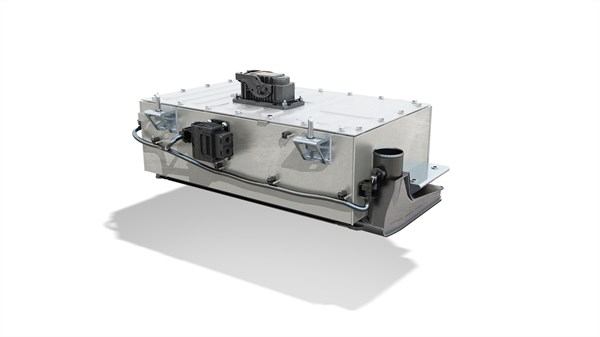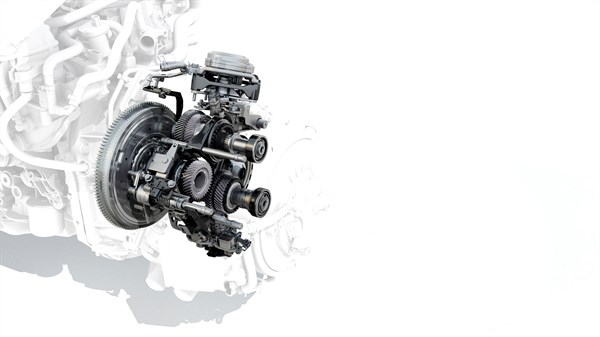HOW DOES A HYBRID CAR WORK?

the principle behind E-Tech hybrid technology
Renault made the choice to develop 2 types of technology: E-Tech full hybrid, for vehicles that do not need to be plugged in, and E-Tech plug-in hybrid*, for vehicles that can be plugged in. Both options offer environmentally-friendly vehicles that are cost-effective, combining driving pleasure and everyday simplicity.
They operate in the same way, with only 2 differences:
*E-Tech plug-in hybrid not available in Ireland
They operate in the same way, with only 2 differences:
- the size of the battery, and therefore the capacity to drive electric,
- E-Tech plug-in hybrid vehicles can connect to the mains to charge.*
*E-Tech plug-in hybrid not available in Ireland
our hybrid powertrains
They are called “series-parallel hybrids” because they offer the option of operating as electric, as a hybrid (electric + combustion engine) or with the combustion engine alone.
They have 2 electric motors as well. as a combustion engine.
The innovative technologies integrated into the car (smart gearbox, energy management system, regenerative braking) make it possible to switch between the different powertrains or to operate them simultaneously when necessary. This helps to optimise the vehicle’s performance and consumption.
E-Tech powertrains offer excellent acceleration, dynamic pick-up, and reduced CO2 emissions and fuel consumption.
They have 2 electric motors as well. as a combustion engine.
The innovative technologies integrated into the car (smart gearbox, energy management system, regenerative braking) make it possible to switch between the different powertrains or to operate them simultaneously when necessary. This helps to optimise the vehicle’s performance and consumption.
E-Tech powertrains offer excellent acceleration, dynamic pick-up, and reduced CO2 emissions and fuel consumption.
the different modes of traction
A hybrid engine is made up of 2 main motors that alternate or operate simultaneously to power the vehicle. Find out about the different modes of traction:

electric traction
At start-up, only the electric motor drives the wheels, therefore no fuel is consumed. Start up silently and drive up to 130 kph for up to 5 minutes using only electric power, depending on your driving style and the model*.
* Austral E-Tech full hybrid 200
* Austral E-Tech full hybrid 200
hybrid traction
This mode involves the simultaneous use of two power sources to drive the vehicle.
For dynamic driving, the petrol engine backs up the electric motor to maintain performance. The two motors work together to increase the power of your car. This is what is known as parallel hybrid operation.
In some cases, when the battery level is low, the 2 motors operate at the same time, but only the electric motor drives the wheels. In this specific case, the electronic management activates the internal combustion engine to optimise the overall consumption and to recharge the battery. This is what is known as series hybrid operation.
For dynamic driving, the petrol engine backs up the electric motor to maintain performance. The two motors work together to increase the power of your car. This is what is known as parallel hybrid operation.
In some cases, when the battery level is low, the 2 motors operate at the same time, but only the electric motor drives the wheels. In this specific case, the electronic management activates the internal combustion engine to optimise the overall consumption and to recharge the battery. This is what is known as series hybrid operation.
combustion engine traction
When just the combustion engine is running, it is used at its optimal speed, to drive the vehicle’s wheels and to recharge the battery. The vehicle’s overall consumption is optimised and the additional energy is stored to help resume electric driving.
from one mode of traction to another
You can switch from one traction mode to another in two ways:
- automatically, using the onboard electronic management system. This system analyses the battery charge level, the demand for acceleration and the type of road, and adapts the traction mode accordingly, which helps to optimise the vehicle’s performance.
managing charging

the battery in full hybrid vehicles
charges only when you are driving, using kinetic energy. These vehicles do not need to be plugged in, as they have a system that recovers energy when you brake or decelerate. This is enough to completely recharge the battery.









